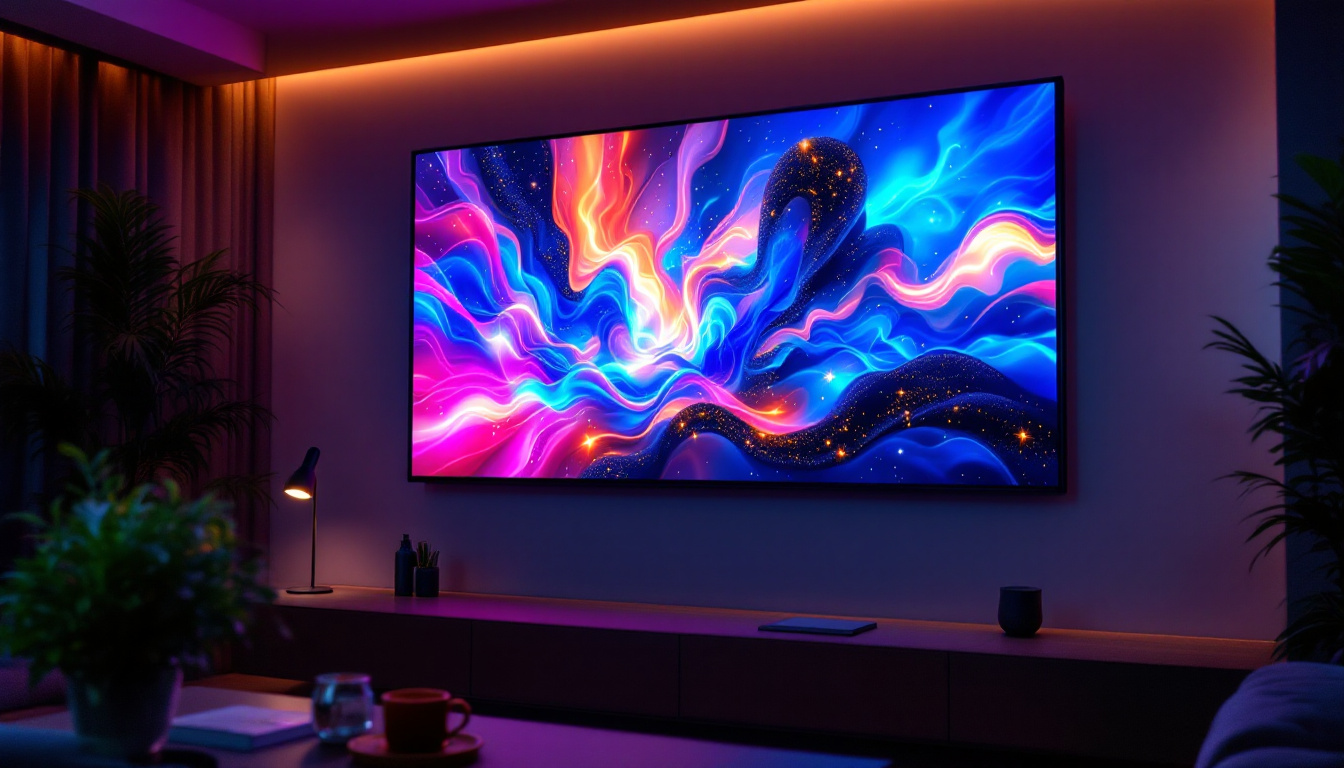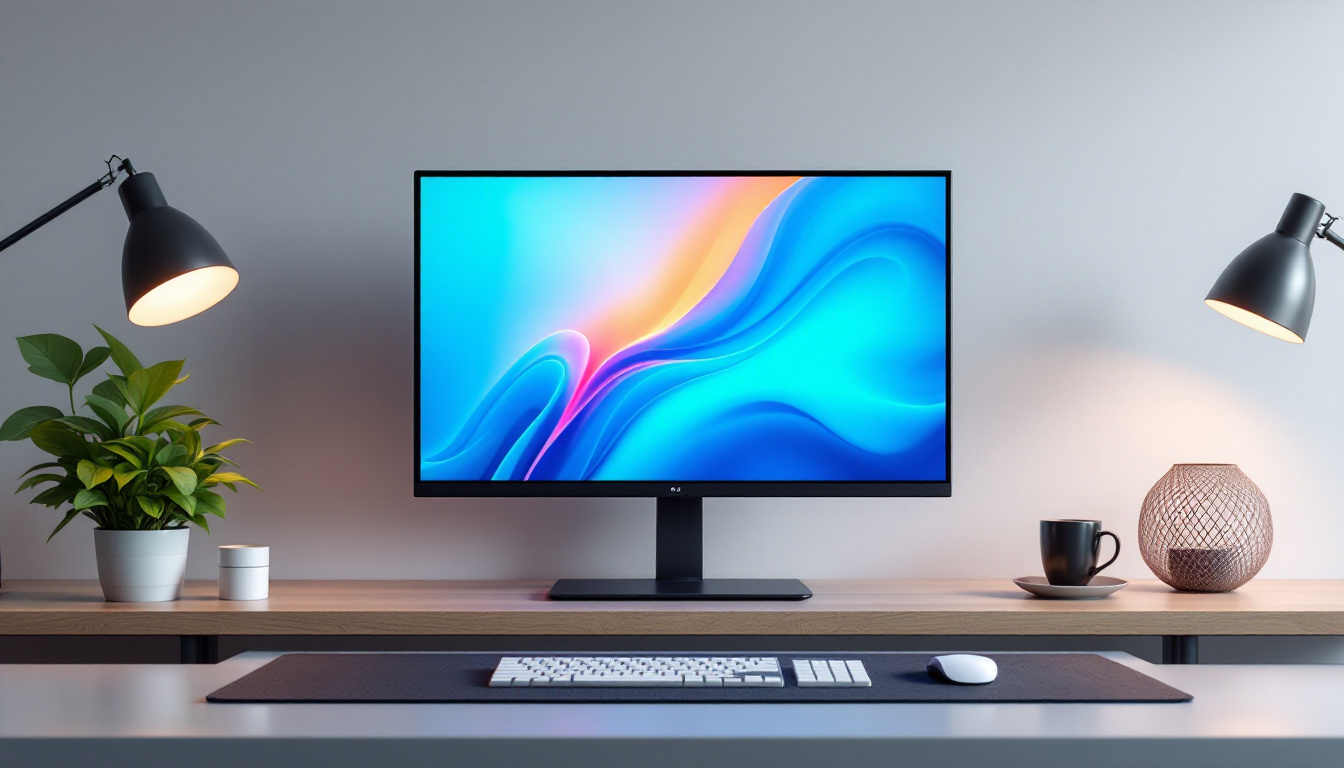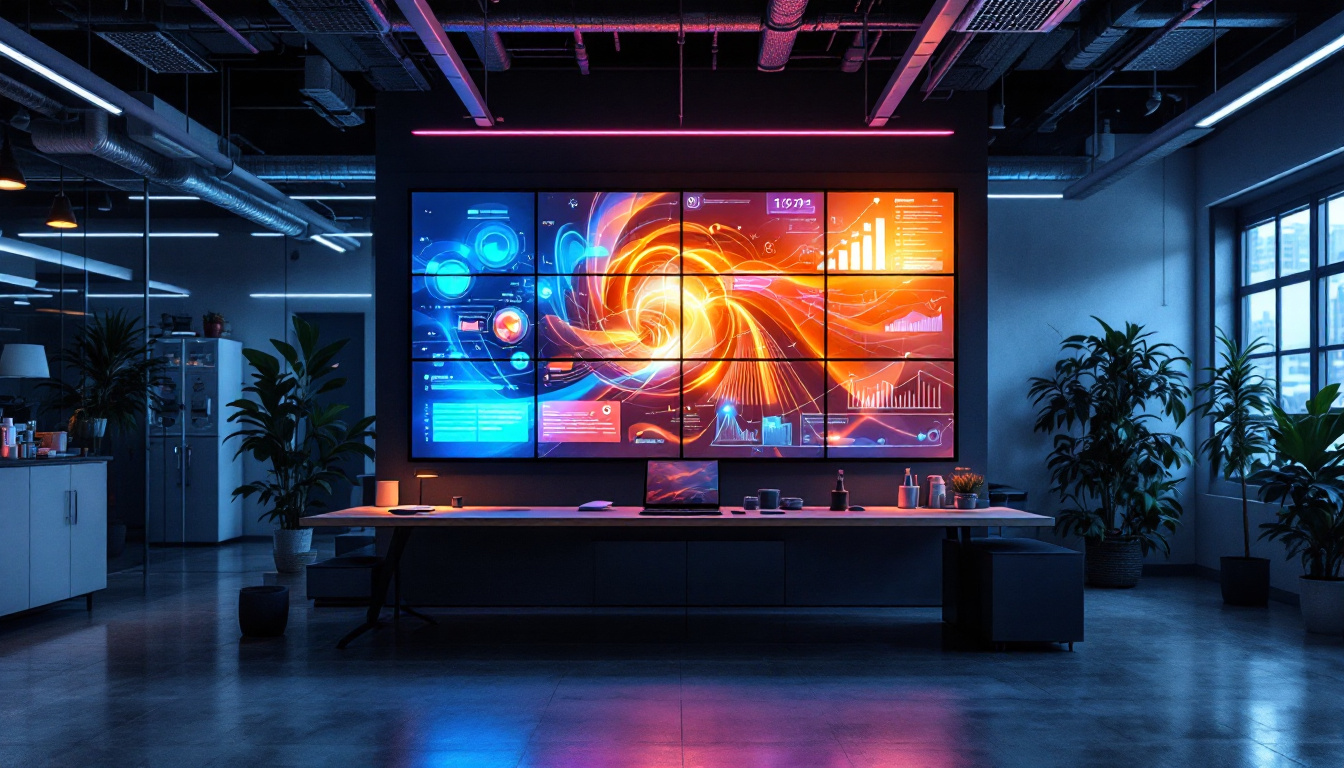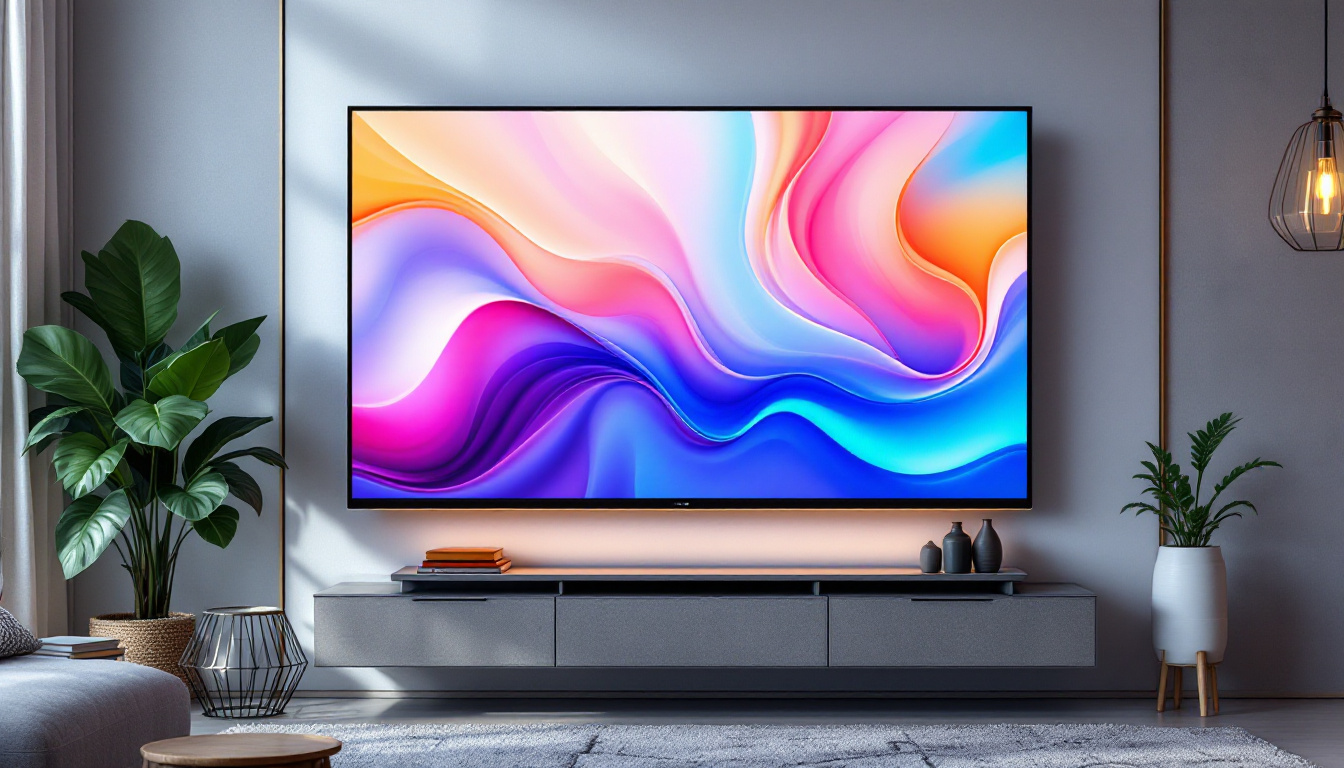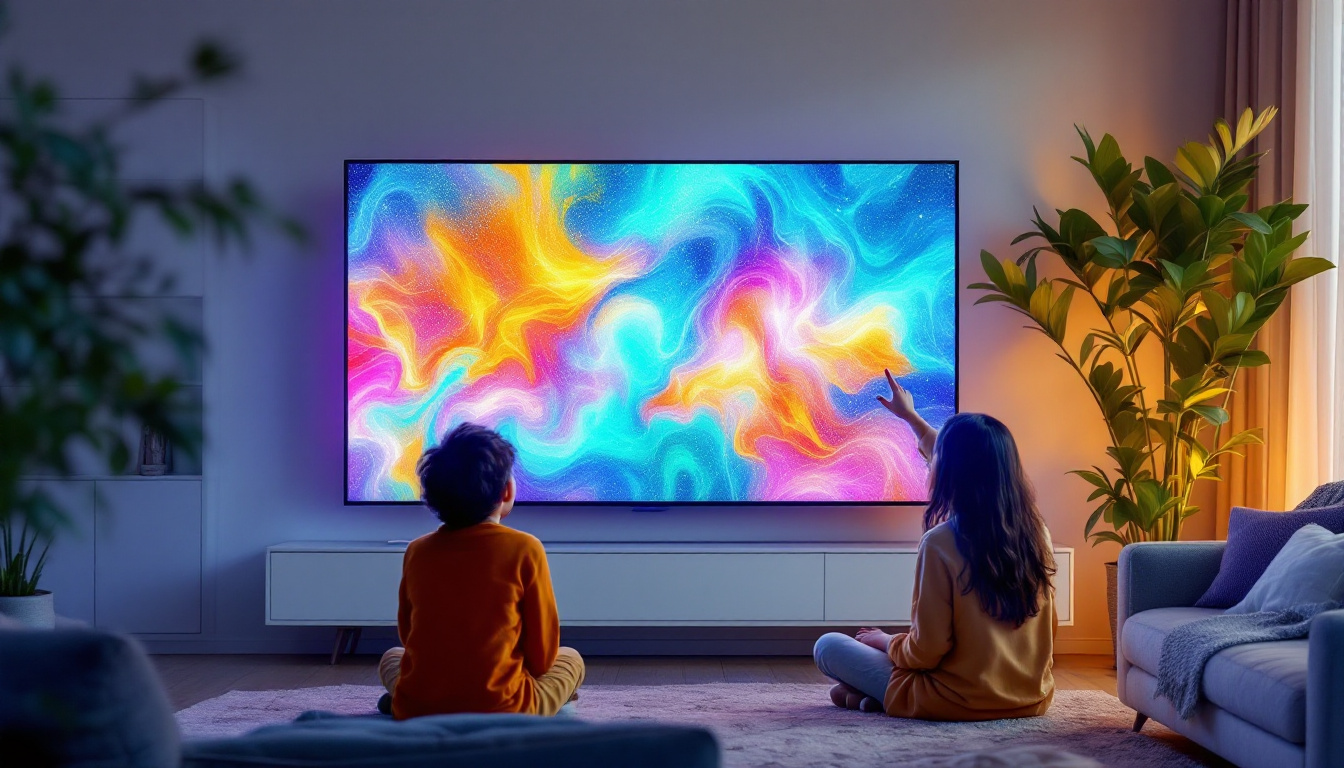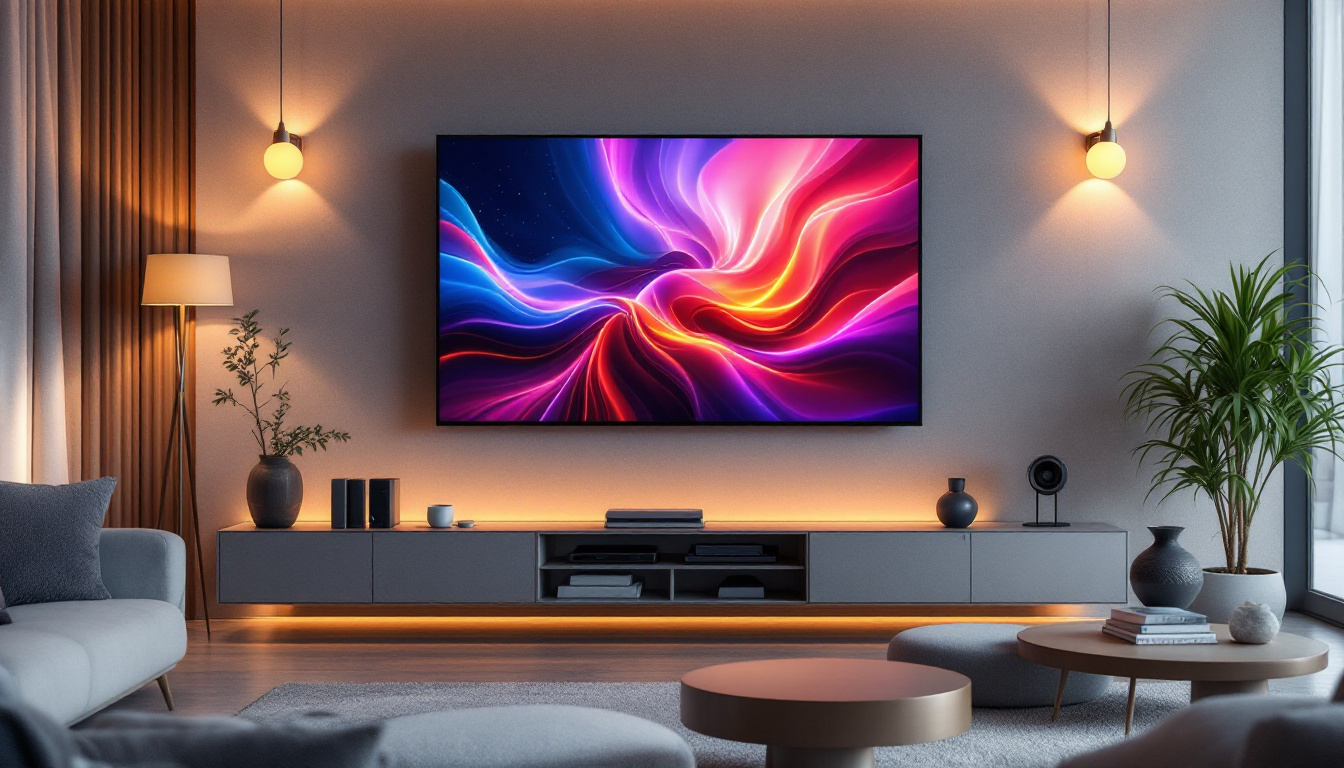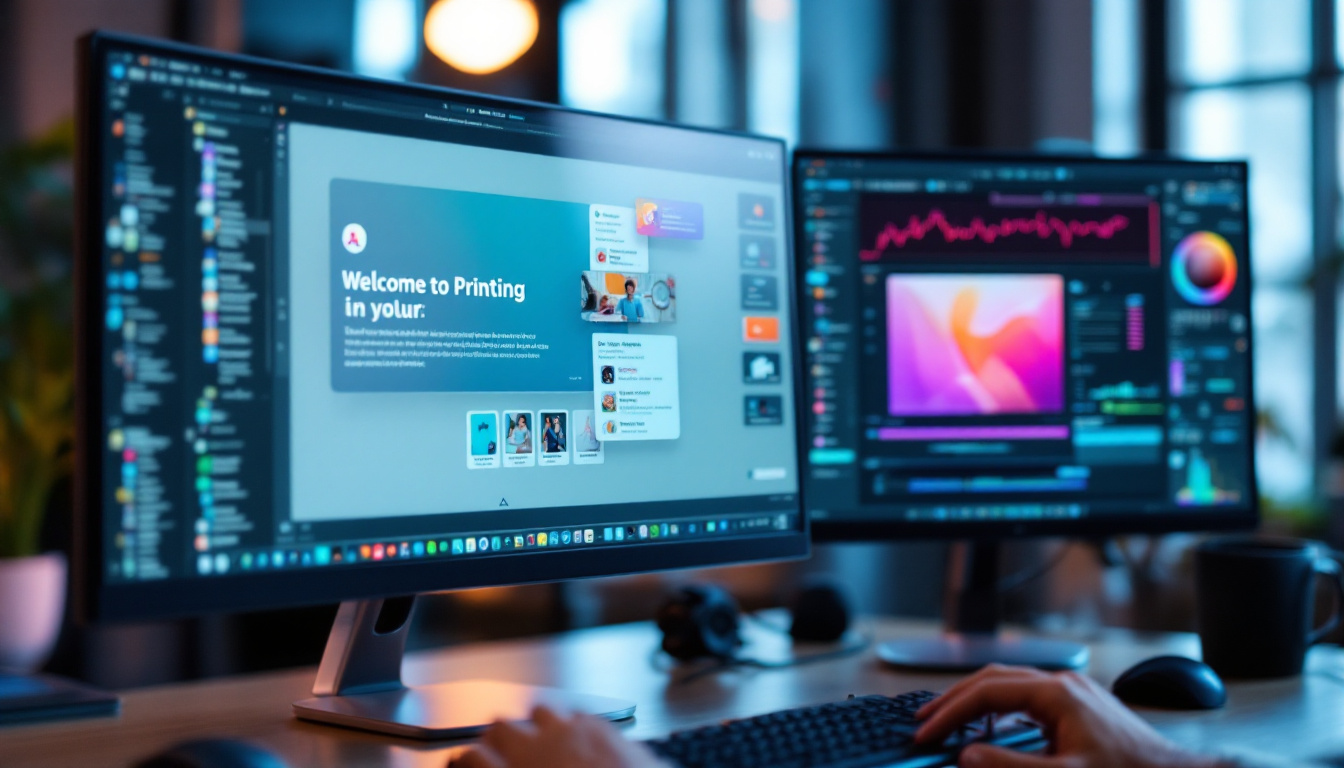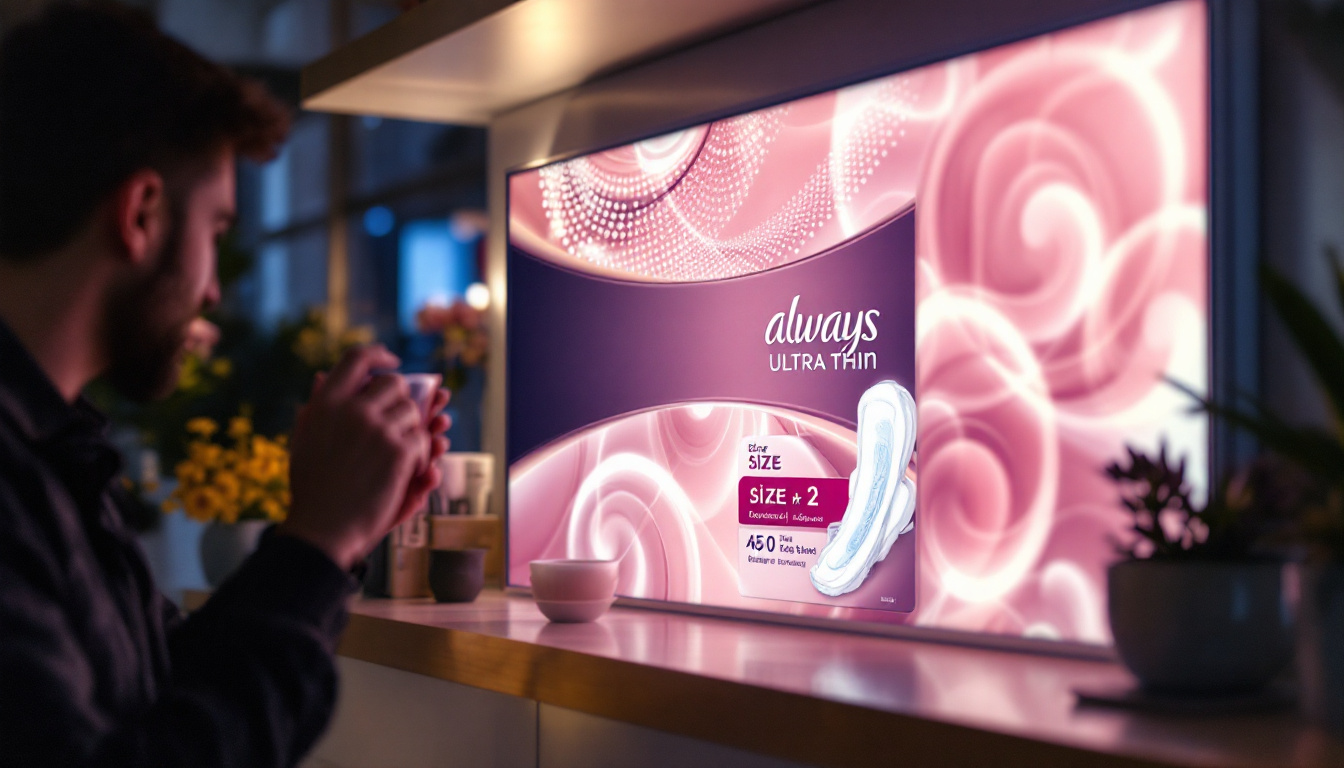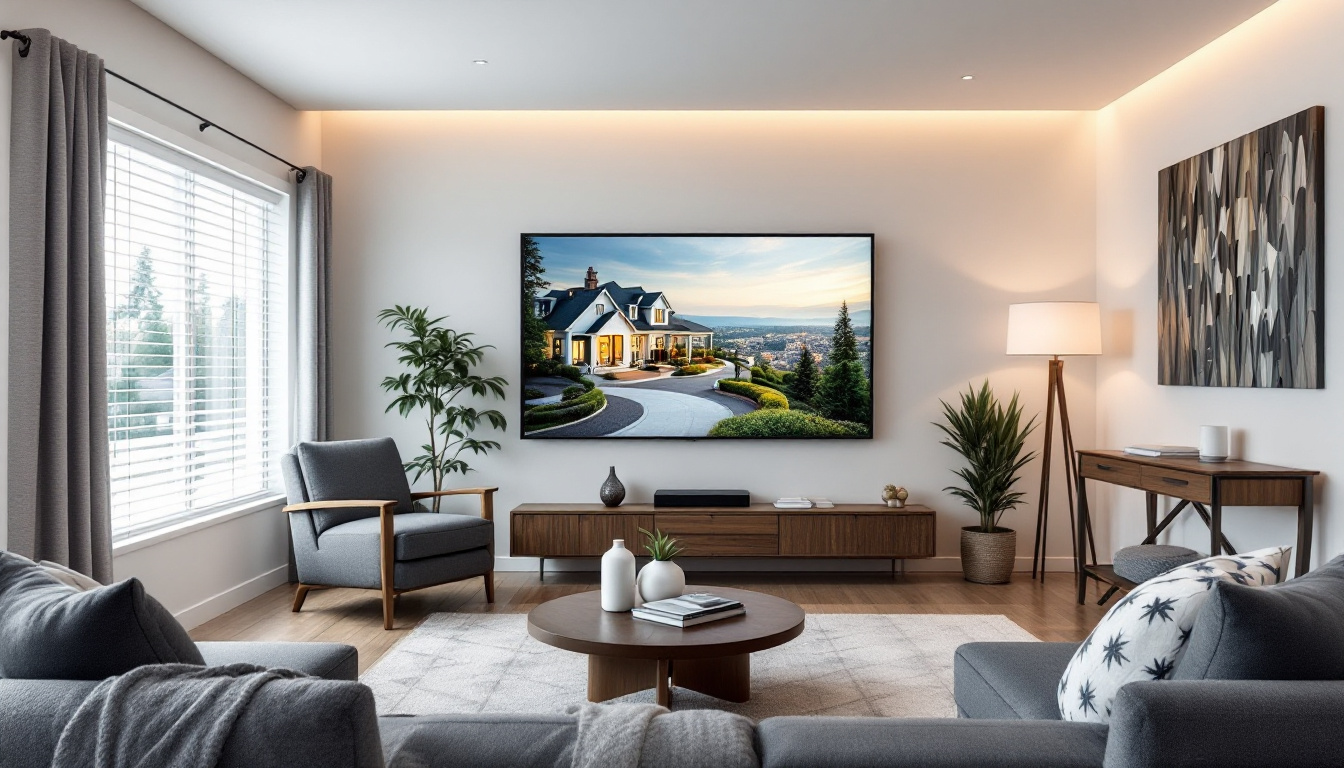In today’s digital age, understanding the specifications of your monitor is crucial for optimizing your viewing experience. One of the most important specifications is the resolution of your display. This article delves into how to find out the resolution of your monitor, particularly focusing on LED displays, and explains why resolution matters.
Understanding Monitor Resolution
Monitor resolution refers to the number of pixels displayed on the screen, expressed as width x height. For instance, a resolution of 1920 x 1080 means the screen displays 1920 pixels horizontally and 1080 pixels vertically. Higher resolutions typically result in sharper images and more detailed graphics. The pixel density, often measured in pixels per inch (PPI), also plays a crucial role in how crisp the images appear. A higher pixel density means that the individual pixels are smaller and packed more closely together, resulting in smoother edges and improved overall image quality.
Resolution is a key factor in determining the quality of visuals on your screen. It affects everything from gaming experiences to professional graphic design work. Knowing your monitor’s resolution can help you make informed decisions about software settings, video playback, and even hardware upgrades. For instance, if you’re a content creator, understanding the resolution can guide you in selecting the right monitor that meets the demands of your workflow, ensuring that your edits are precise and visually appealing.
Common Monitor Resolutions
There are several standard resolutions that monitors may support. Here are some of the most common:
- HD (1280 x 720): Often used for budget monitors and small screens, this resolution is suitable for basic tasks like web browsing and word processing.
- Full HD (1920 x 1080): The standard for most modern monitors, providing a good balance between quality and performance, making it ideal for streaming videos and casual gaming.
- Quad HD (2560 x 1440): Offers higher pixel density, ideal for gaming and professional work, as it allows for more detailed images without straining the graphics card.
- 4K UHD (3840 x 2160): Provides exceptional detail and clarity, increasingly popular for high-end displays, particularly in fields like video production and graphic design.
Why Resolution Matters
The resolution of a monitor significantly impacts the clarity and detail of the images displayed. Higher resolutions allow for more content to be shown on the screen at once, which is particularly beneficial for multitasking. For instance, a 4K monitor can display multiple windows side by side without sacrificing clarity. This feature is especially useful for professionals who need to compare documents or reference materials simultaneously, enhancing productivity and workflow efficiency.
In gaming, higher resolutions can enhance the immersive experience, allowing players to see finer details in graphics. With the advent of technologies like ray tracing and high dynamic range (HDR), the benefits of higher resolutions become even more pronounced, as they can showcase stunning visuals that bring games to life. For professionals in fields like graphic design or video editing, accurate color representation and detail are crucial, making higher resolutions a necessity. Additionally, as more content becomes available in higher resolutions, having a monitor that can support these formats ensures that users can enjoy the latest media in all its glory, without compromising on quality.
Finding Your Monitor’s Resolution
Determining the resolution of your monitor can be done easily through various methods, depending on your operating system. Below are step-by-step instructions for both Windows and macOS users.
For Windows Users
Windows provides a straightforward way to check your monitor’s resolution. Follow these steps:
- Right-click on the desktop and select Display settings.
- Scroll down to the Display resolution section. Here, you will see the current resolution of your monitor.
- If you want to change the resolution, you can select a different option from the dropdown menu.
Additionally, Windows 10 and 11 allow users to view advanced display settings. Simply click on Advanced display settings at the bottom of the Display settings page for more detailed information. This section provides insights into the refresh rate and color depth, which can be crucial for gamers and graphic designers who require specific settings for optimal performance.
It’s also worth noting that many modern monitors support high-definition resolutions like 4K and 1440p, which can significantly enhance your viewing experience. If your monitor supports these resolutions, you may want to explore the benefits of upgrading your display settings to take full advantage of the capabilities of your hardware.
For macOS Users
Mac users can also easily find their monitor’s resolution by following these steps:
- Click on the Apple menu in the top left corner of the screen.
- Select About This Mac.
- Click on the Displays tab. Here, you will find the resolution of your monitor listed.
MacOS also offers options for scaling resolutions, allowing users to adjust how items are displayed on the screen for better readability or more screen real estate. This feature is particularly useful for those who work with multiple applications simultaneously, as it enables a more efficient workflow by maximizing the available screen space.
Moreover, macOS provides an intuitive interface that allows users to easily switch between different resolutions and scaling options. This flexibility is beneficial for creative professionals who may need to switch between high-resolution settings for design work and lower resolutions for everyday tasks, ensuring that they can maintain productivity without compromising on visual quality.
Using Third-Party Tools
While built-in operating system features are often sufficient for finding monitor resolution, there are third-party tools available that can provide additional information about your display. These tools can offer insights into not just resolution, but also refresh rates, color profiles, and more.
Popular Third-Party Tools
Here are a few popular tools that can help you gather more information about your monitor:
- Speccy: A comprehensive system information tool that provides detailed information about your hardware, including monitor specifications.
- HWMonitor: Primarily used for monitoring system temperatures, it also provides information about connected displays.
- DisplayFusion: A tool designed for multi-monitor setups, offering detailed information about each connected display.
Benefits of Using Third-Party Tools
Using third-party tools can enhance your understanding of your monitor’s capabilities. They often provide more granular details than built-in operating system features, allowing users to make better-informed decisions regarding display settings and configurations.
Moreover, these tools can help troubleshoot issues related to display performance, ensuring that users can maximize their monitor’s potential.
Adjusting Monitor Resolution
Once you have identified your monitor’s resolution, you may want to adjust it based on your needs. Changing the resolution can improve performance in certain applications or enhance visual clarity. However, it is essential to choose a resolution that is supported by your monitor.
Changing Resolution on Windows
To change the resolution on a Windows system, follow these steps:
- Right-click on the desktop and select Display settings.
- Under the Display resolution dropdown, select your desired resolution.
- Click Keep changes if the new resolution works well, or Revert to return to the previous setting.
It’s advisable to choose a resolution that matches the native resolution of your monitor for the best visual experience. Running a monitor at a non-native resolution can lead to blurriness or distortion.
Changing Resolution on macOS
For macOS users, changing the resolution is equally straightforward:
- Click on the Apple menu and select System Preferences.
- Choose Displays.
- Select the Scaled option, then choose your desired resolution from the list.
MacOS provides a user-friendly interface for adjusting display settings, ensuring that users can easily find a resolution that suits their needs.
Understanding Aspect Ratios
In addition to resolution, understanding aspect ratios is vital for optimizing your display experience. The aspect ratio is the ratio of the width to the height of the display. Common aspect ratios include 16:9, 16:10, and 4:3.
Common Aspect Ratios
Here are some common aspect ratios and their typical uses:
- 16:9: The most common aspect ratio for televisions and monitors, ideal for watching movies and playing games.
- 16:10: Often favored by professionals for productivity, providing slightly more vertical space.
- 4:3: An older format, primarily used in legacy applications and some older monitors.
Choosing the Right Aspect Ratio
Choosing the right aspect ratio can significantly affect how content is displayed. For example, a 16:9 monitor is excellent for gaming and watching movies, while a 16:10 monitor might be better for tasks that require more vertical space, such as coding or document editing.
When selecting a monitor, consider the primary use case to determine the most suitable aspect ratio for your needs.
Conclusion
Understanding the resolution of your monitor is essential for optimizing your digital experience. By knowing how to find and adjust your monitor’s resolution, you can enhance everything from gaming to professional work. Additionally, recognizing the importance of aspect ratios ensures that you select a display that meets your specific needs.
With the right knowledge and tools, users can fully leverage their monitors’ capabilities, leading to a more enjoyable and productive experience. Whether you are a casual user, a gamer, or a professional, being informed about your display settings is key to achieving the best performance.
Explore Cutting-Edge LED Display Solutions
Now that you understand the importance of monitor resolution and how it can transform your digital experience, it’s time to elevate your visual setup with LumenMatrix. As a pioneer in LED display technology, LumenMatrix offers a wide array of innovative solutions that cater to your every need. From captivating Indoor LED Wall Displays to dynamic Outdoor LED Wall Displays, and from versatile Vehicle LED Displays to sleek LED Poster Displays, we have it all. Our mission is to revolutionize your visual communication, ensuring your message is delivered with maximum impact. Don’t settle for less—check out LumenMatrix LED Display Solutions today and see the difference for yourself.




